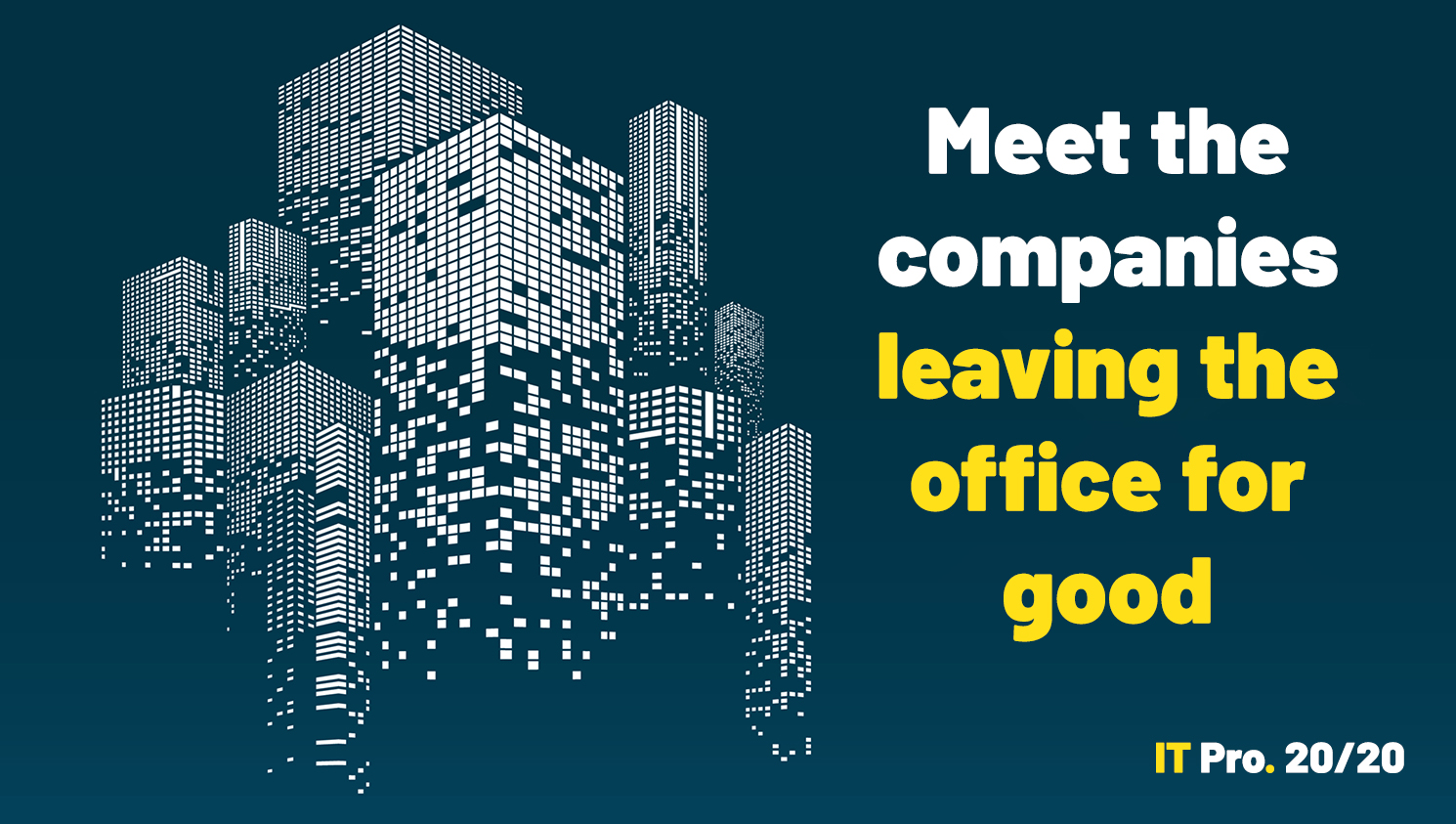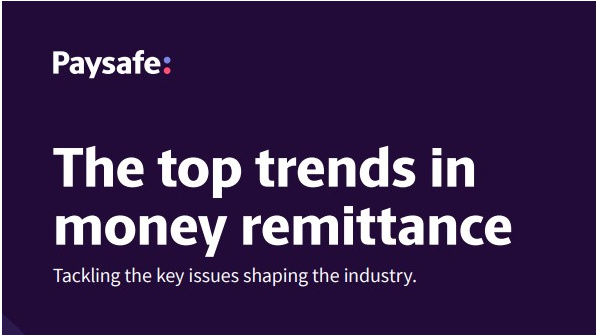IT and OT: How CISOs can best handle the dangers of integration
José María Labernia, CISO at LafargeHolcim IT EMEA, speaks to IT Pro 20/20 about the steps he is taking to protect one of the world's largest construction materials companies

The following article originally appeared in Issue 10 of IT Pro 20/20 as part of a new series that invites industry experts to give their take on some of the most pressing issues facing businesses today. To sign up to receive the latest issue of IT Pro 20/20 in your inbox every month, click here. For a list of previous issues, click here.
CISOs across the globe are faced with the daily reality that all IT systems are suffering attacks. Unfortunately, it’s difficult to predict when you’ll be targeted and how that attacker could move laterally to compromise your IT or even operational technology (OT).
One rising threat to IT infrastructure is the rapid integration of IT and OT. At LafargeHolcim, we are fairly OT dependent – cement plants are big sites with a lot of automated and low-level programming systems. It’s critical that we include this in our analysis so that we have a complete picture of the risks faced.
We provide each business unit with its own specific KPIs and risk assessments. This provides the intelligence they need so they’re armed with the necessary detail before taking any decision regarding the degree of risk they find acceptable and that which needs to be addressed.
Protecting even the most modern and efficient of infrastructures is not a passive task – my team’s job starts again every time the company takes on a new project or initiative, or deploys a new product. With uncertainty on all sides, there is a deep need for security and business needs to be better aligned. Ensuring the cyber team and business stakeholders understand each other’s priorities and speak the same ‘language’ is the only way to ensure that the organisation’s computing infrastructures are defended correctly.
For example, if a new IT procurement tool is to be put in place within our region, we make sure to work with the procurement team to identify any specific application-level risks. We also sense-check with people from the organisation who may have a completely different mindset – such as developers or programmers – to try and spot other less evident risks. When it comes to identifying risks to our infrastructure, it’s definitely the case that four sets of eyes can see much more than one.
This approach is how we successfully managed the infrastructure transition during the merger of Lafarge and Holcim a few years ago. While many assume the combination of two well-established IT systems would be a simple cherry-picking exercise, it was actually a full alignment from the ground up. We assessed, in detail, the whole IT security portfolio in order to understand what people, processes, and technology needed to be in place from the view of both companies. Working together with business stakeholders and the right partners made life so much easier, and led to successful projects in the vulnerability management, endpoint protection, and user awareness spaces just to mention a few.
Get the ITPro daily newsletter
Sign up today and you will receive a free copy of our Future Focus 2025 report - the leading guidance on AI, cybersecurity and other IT challenges as per 700+ senior executives
Challenges to come
With a relentless stream of high-profile data breaches continuing to hit the headlines, protecting a company’s infrastructure is quickly moving out of just IT’s remit and fast becoming a business topic. The good news is, business leaders are paying more attention to IT systems, meaning they will hopefully get more attention and resources for protection. However, new technologies mean new attack vectors.
RELATED RESOURCE

IT Pro 20/20: Meet the companies leaving the office for good
The 15th issue of IT Pro 20/20 looks at the nature of operating a business in 2021
As we navigate the ongoing fallout of the COVID-19 pandemic, home working and remote IT support will test many organisations’ infrastructures. Many companies were completely unprepared for the overhaul – and as such, their employees may face cyber attacks from people purporting to be from their own helpdesk, just to mention one example, allowing them to jump internally into the rest of the organisation’s infrastructure.
When looking at the threats faced, it’s important security teams iterate and evolve in the same way that hackers do. We have several techniques to put ourselves in the mind of attackers to try and spot the different vectors of attack we present externally. Once security teams have the awareness of how to protect against potential threats, they will then need to work hand-in-hand with business stakeholders to clearly define these risks in business terms.
Only then can organisations prioritise the best security mechanisms to mitigate those risks to their infrastructure.
CISO at LafargeHolcim IT EMEA
-
 Bigger salaries, more burnout: Is the CISO role in crisis?
Bigger salaries, more burnout: Is the CISO role in crisis?In-depth CISOs are more stressed than ever before – but why is this and what can be done?
By Kate O'Flaherty Published
-
 Cheap cyber crime kits can be bought on the dark web for less than $25
Cheap cyber crime kits can be bought on the dark web for less than $25News Research from NordVPN shows phishing kits are now widely available on the dark web and via messaging apps like Telegram, and are often selling for less than $25.
By Emma Woollacott Published
-
 Better together
Better togetherWhitepaper Achieve more with Windows 11 and Surface
By ITPro Published
-
 Transforming the enterprise
Transforming the enterpriseWhitepaper With Intel and CDW
By ITPro Published
-
 The top trends in money remittance
The top trends in money remittanceWhitepaper Tackling the key issues shaping the money remittance industry
By ITPro Published
-
 How to empower employees to accelerate emissions reduction
How to empower employees to accelerate emissions reductionin depth With ICT accounting for as much as 3% of global carbon emissions, the same as aviation, the industry needs to increase emissions reduction
By Fleur Doidge Published
-
 Worldwide IT spending to grow 4.3% in 2023, with no significant AI impact
Worldwide IT spending to grow 4.3% in 2023, with no significant AI impactNews Spending patterns have changed as companies take an inward focus
By Rory Bathgate Published
-
 How Kantar revamped its IT infrastructure after being sold off
How Kantar revamped its IT infrastructure after being sold offCase Study Being acquired by a private equity firm meant Kantar couldn’t rely on its parent company’s infrastructure, and was forced to confront its technical shortcomings
By Rene Millman Published
-
 Report: Female tech workers disproportionately affected by industry layoffs
Report: Female tech workers disproportionately affected by industry layoffsNews Layoffs continue to strike companies throughout the tech industry, with data showing females in both the UK and US are bearing the brunt of them more so than males
By Ross Kelly Published
-
 Deutsche Bank wraps up Postbank IT integration after bug-laden migrations
Deutsche Bank wraps up Postbank IT integration after bug-laden migrationsNews The IT merger is expected to generate annual savings of €300 million by 2025
By Daniel Todd Published